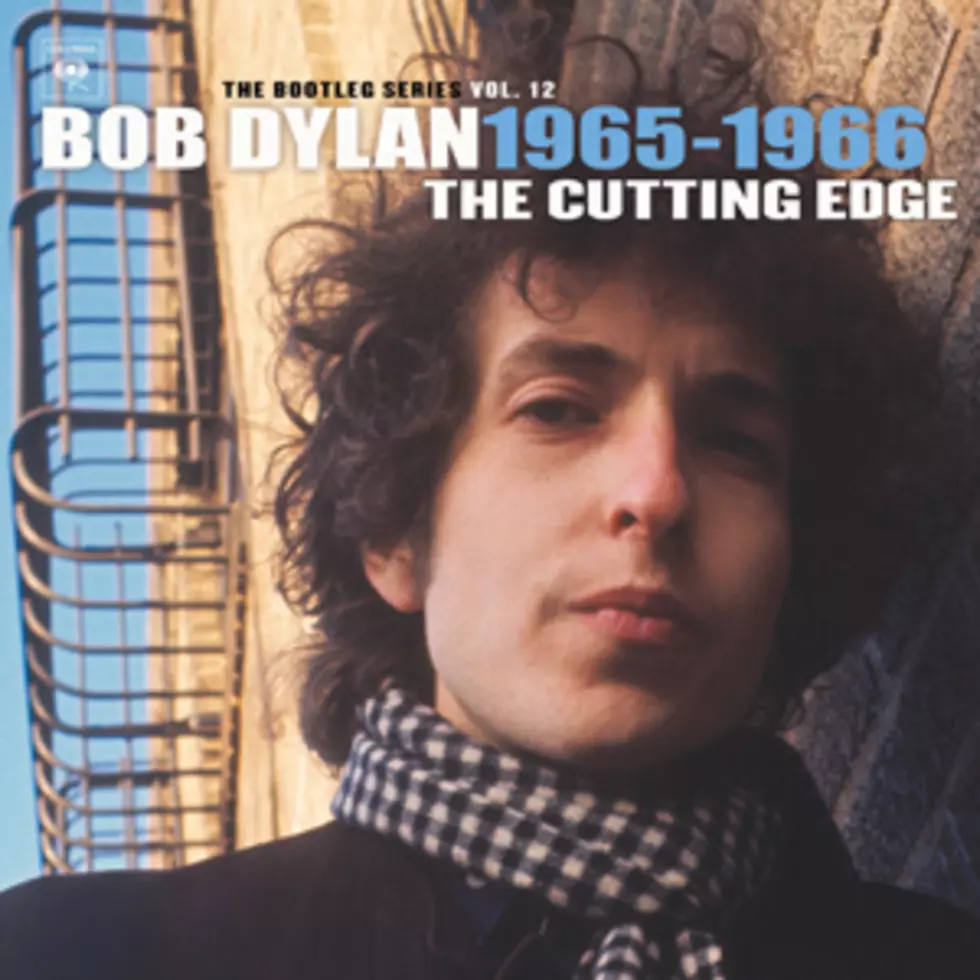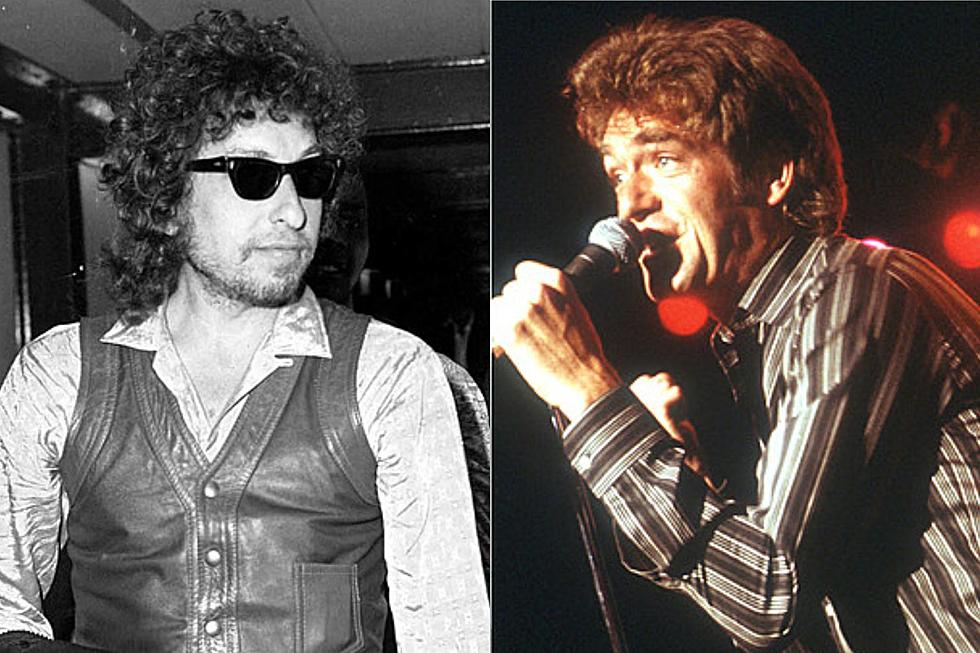
Bob Dylan, ‘The Cutting Edge: 1965-1966: The Bootleg Series Vol. 12′: Album Review
Few eras in rock history even come close to the 14 months during the mid-'60s in which Bob Dylan recorded three of the greatest albums ever made. Between January 1965 and March 1966, the singer-songwriter, entering a brave new period of electric music and free-form poetry, laid down dozens of tracks that would end up on Bringing It All Back Home, Highway 61 Revisited and Blonde on Blonde and a couple singles.
It was a time a wild experimentation for other artists too. The Beatles were just starting their most creative years, and groups on both sides of the Atlantic were crafting exciting sonic templates with their music that were unheard of just a few years earlier. But Dylan's visionary surge during these months remains unparalleled. Freed from the shackles of the "protest singer" tag he had grown weary of almost as soon as it was slapped onto him, he wrote and recorded like a newly enlightened man.
The Cutting Edge: 1965-1966: The Bootleg Series Vol. 12 chronicles this whirlwind period on six mesmerizing discs, as Dylan's band (and his producer and engineer) scramble to keep up with his outpouring of ideas. You'll rarely question if the songs and versions that were eventually chosen for the albums 50 years ago were the right ones, but these 110 alternate takes, leftovers and demos track a journey that's often as exhilarating as the places where they ended up.
Some of the material has surfaced on other Dylan sets (like previous Bootleg Series volumes and the career-spanning Biograph box) over the years, but the majority of tracks on The Cutting Edge will be a surprise to fans who think "alternate versions" mean similar-sounding outtakes. Not in Dylan's case. He constantly reworked his songs, twisting and turning them into new shapes as he went along. Check out the evolution of "Like a Rolling Stone" from piano-driven waltz to scrappy rocker and back again on the set's third disc, which is devoted entirely to the formation of the classic Highway 61 Revisited.
And he discarded plenty of great songs along the way, including "I'll Keep It With Mine," "If You Gotta Go, Go Now," "Sitting on a Barbed Wire Fence" and "She's Your Lover Now," all of which are represented in various forms and takes on The Cutting Edge. But it's the revealing previously unreleased versions of songs like an early take of "Subterranean Homesick Blues," "Mr. Tambourine Man" with full band backing and an alternate version of "Stuck Inside of Mobile With the Memphis Blues Again" with a completely different rhythm and feeling that make this one of the best Bootleg Series sets for Dylan fans.
Casual listeners may find some of the repetition taxing -- four successive takes of "On the Road Again" don't make one of Bringing It All Back Home's most forgettable tracks any more memorable. But there's enough diversity among most of these songs to keep The Cutting Edge absorbing during its seven-hour running time. (There's also a scaled-down two-disc Best Of album available, as well as an insurmountable limited-edition 18-CD version that collects every note recorded in the studio during the sessions).
The sheer amount of Dylan's output during this period is staggering. In addition to the tracks that ended up on the three albums (and remember, Blonde on Blonde was a double), The Cutting Edge offers an LP or two's worth of exceptional leftover songs that he never got around to officially releasing until the Bootleg Series booted up nearly a quarter century ago. Not even the Beatles discarded this many great cuts.
More than just a collection of outtakes, The Cutting Edge traces the development of one of music's most important figures. Even between the 14 months documented here -- starting with an acoustic take of "Love Minus Zero/No Limit" and ending with a band tearing through "I Want You" -- you can hear an artist growing into an unshakable confidence that would still steer his career 50 years later. It's not often new light is cast on such familiar and classic work. The Cutting Edge isn't essential, but it is a revelation.
Bob Dylan Bootleg Series Albums Ranked Worst to Best
Rock's Most Hated Albums
More From Ultimate Classic Rock









